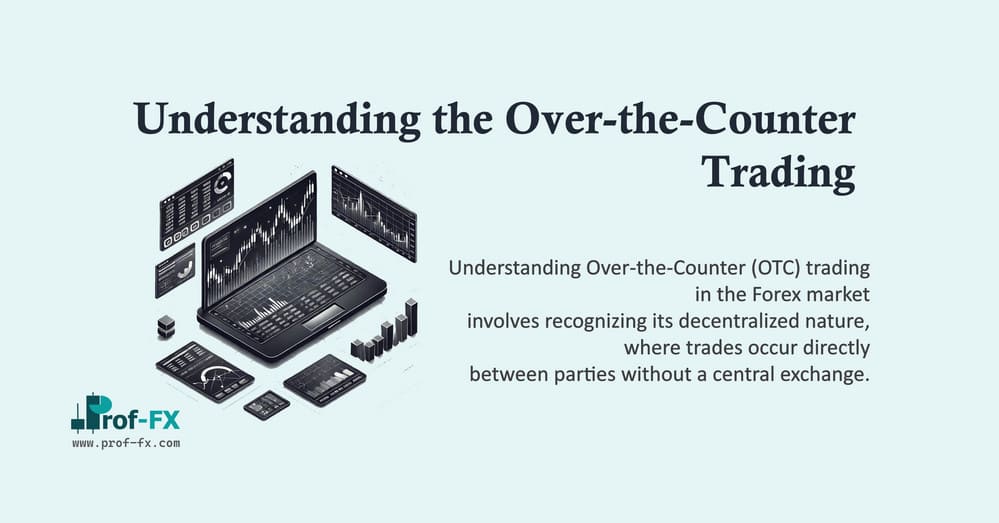Falling like a set of dominos on July 2, 1997, the relatively nascent Asian tiger economies provide the perfect example of the interdependence in global capital markets and their subsequent effects throughout international currency forums.
Based on several fundamental breakdowns, the cause of the ‘‘contagion’’ stemmed largely from shrouded lending practices, inflated trade deficits, and immature capital markets.
Compiled, these factors contributed to a perfect storm that left major regional markets incapacitated and once-prized currencies devalued to significantly lower levels. With adverse effects easily seen in the equities markets, currency market fluctuations were negatively impacted in much the same manner during this time period.
The Bubble
Leading up to 1997, investors had become increasingly attracted to Asian investment prospects, focusing on real estate development and domestic equities.
As a result, foreign investment capital flowed into the region as economic growth rates climbed on improved production in countries like Malaysia, the Philippines, Indonesia, and Korea. Thailand, home of the baht, experienced a 6.5% growth rate in 1996, falling from 13% in 1988.
Lending additional support for a stronger economy was the enactment of a fixed currency peg to the U.S. dollar. With a fixed valuation to the greenback, countries like Thailand could ensure financial stability in their own markets and a constant rate for export trading purposes with the world’s larges economy.
Ultimately, the region’s national currencies appreciated, as underlying fundamentals were justified and increased speculative positions of further climbs in price mounted.
Ballooning Current Account Deficits and Nonperforming Loans
However, in early 1997, a shift in sentiment began to occur as international account deficits became increasingly difficult for respective governments to handle and lending practices were revealed to be detrimental to the economic infrastructure.
In particular, economists were alerted to the fact that Thailand’s current account deficit ballooned in 1996 to $14.7 billion and had been climbing since 1992.
Although comparatively smaller than the U.S. deficit, the gap represented 8% of the country’s gross domestic product.
Shrouded lending practices also contributed heavily to these breakdowns, as close personal relationships with high-ranking banking officials were well rewarded and surprisingly common throughout the region.
In particular this affected many of South Korea’s highly leveraged conglomerates as total nonperforming loan values skyrocketed to 7.5 percent of gross domestic product.
Additional evidence of these practices could be observed in financial institutions throughout Japan. First announcing questionable and nonperforming loans of $136 billion in 1994, Japanese authorities admitted to an alarming $400 billion total a year later.
Coupled with a then-crippled stock market, cooling real estate values, and dramatic slowdowns in the economy, investors saw opportunity in a depreciating yen, subsequently adding selling pressure to neighbor currencies.
When their own asset bubble collapsed, asset prices fell by $10 trillion, with the fall in real estate prices accounting for nearly 65% of the total decline – the losses were worth two years of national output. This fall in asset prices sparked the banking crisis in Japan.
It began in the early 1990s and then developed into a full-blown, systemic crisis in 1997, following the failure of a number of high-profile financial institutions.
In response, Japanese monetary authorities issued rhetoric on potentially increasing benchmark interest rates in hopes of defending the domestic currency valuation.
Unfortunately, these considerations never materialized and a shortfall ensued. Sparked mainly by an announcement of a managed float of the Thai baht, the slide snowballed as central bank reserves evaporated and currency price levels became unsustainable in light of downside selling pressure.
Currency Crisis
Following mass short speculation and attempted intervention, the aforementioned Asian economies were left ruined and momentarily incapacitated.
The Thailand baht, a once-prized possession, was devalued by as much as 48 percent, even slumping closer to a 100% fall at the turn of the new year. The most adversely affected was the Indonesian rupiah.
Also relatively stable prior to the onset of a ‘‘crawling peg’’ with the Thai baht, the rupiah fell a whopping 228%, worsening previously to a high of 12,950 to the fixed U.S. dollar. These particularly volatile price actions are shown in Figure 2.4.
Among the majors, the Japanese yen fell approximately 23% from its high to low against the U.S. dollar between 1997 and 1998, and after having retraced a significant portion of its losses, ended the 8-month debacle down 15%, as shown in Figure 2.5.
Lasting for less than a year, the financial crisis of 1997 revealed the interconnectivity of economies and their effects in the global currency markets.
Additionally, it showed the inability of central banks to successfully intervene in currency valuations with the absence of secure economic fundamentals and overwhelming market forces.
Today, with the assistance of IMF reparation packages and the implementation of stricter requirements, Asia’s four little dragons are healthy once again.
With inflationary benchmarks and a revived exporting market, Southeast Asia is building back its once prominent stature among the world’s industrialized economic regions.
With the experience of evaporating currency reserves under their belt, the Asian tigers now take active initiatives to ensure that there is large pot of reserves on hand in case speculators attempt to attack their currencies once again










